Last Week’s Bonus Round: Sister Golden Hair" is a song by the band America from their fifth album Hearts (1975), written by Gerry Beckley. It was their second single to reach number one on the U.S. Billboard Hot 100, remaining in the top position for one week.[2]
Background
Beckley says "There was no actual Sister Gold Hair."[3] The lyrics were largely inspired by the works of Jackson Browne. Beckley commented, "[Jackson Browne] has a knack, an ability to put words to music, that is much more like the L.A. approach to just genuine observation as opposed to simplifying it down to its bare essentials... I find Jackson can depress me a little bit, but only through his honesty; and it was that style of his which led to a song of mine, 'Sister Golden Hair', which is probably the more L.A. of my lyrics."[4] Beckley adds that "Sister Golden Hair" "was one of the first times I used 'ain't' in a song, but I wasn't making an effort to. I was just putting myself in that frame of mind and I got those kind of lyrics out of it."[4]
Record World said it is "the story of a guy who's found love at last but doesn't necessarily want to marry her."[5]
Instrumentation
Gerry Beckley said he played the 12-string guitar, and overdubbed the prominent slide guitar. "I had a lovely lap steel that David Lindley had picked out."[3]
Credit: Wikipedia Link: Sister Golden Hair - America
(Ed. This is a great song with some notable items of interest: The album was produced by George Martin, yes, THE George Martin of Beatles fame and an amazing body of work just as a producer, let alone all of the other accomplishments in a lifetime of musical work:
Link: George Martin Producer Discography.
Next is the inspirational connection to Jackson Browne. In some comments with a reader a few weeks ago I noted that somehow Jackson Browne seems to stand at the crossroads of a musical era in time while the rest of the musical world sort of converged and swirled around him. Beyond that, the song and album have endured the test of time (1975!!] and popularity.)
A Chordify chart in the original Key of (probably) C#minor, the relative minor of EMajor, 4/4 time, a pretty quick 136 BPM tempo:
The header portion of an Ultimate Guitar chart capoed at the 4th fret:
That’s pretty much in agreement with this Chordify chart with a capo on 4, played using Key of CMaj/Aminor chord shapes. Note the UG chart shows a Csus4 chord shape, while the Chordify chart shows very few chords with extensions - I’d probably substitute the Cadd9 shape in where that Csus4 chord shape is, mostly because I really like the sound of add9 chords, especially the Cadd9, but I’m a lazy guitar player…
I think the Am-Em-F shape progression (easier to see in the capoed version) is the “walkdown” under the lines in the verse “do agree there’s times” and in the chorus under “too, too hard to find” which kinda sets up the structural transitions. Maybe….
Note here’s probably a good spot to discuss that FMaj chord. Play it as a barre chord? Not me! Way too much work for a lazy guitar player. What to do? In this case, If you ain’t cheatin’, you ain’t winnin’:
Note if you’re playing in the key of CMaj just nail your little finger on the third fret of the high E string and leave it there as you play the I (CMaj), V (G) and the IV (FMaj) - lots of songs will have that progression natively or you can often use the capo to utilize the CMaj shapes. You can also pretty easily move back to it from the Dm, Am and Em chords or chord shapes (the ii-, iii- and vi- in CMaj). If the add9 that results from the the 3rd fret of the high e string doesn’t quite fit, leave your little finger there anyway and just try to stay off that string - so much easier to hit the CMaj and GMaj shapes with that “anchor”. Yes, I hear you really good guitar players and instructors - “Learn to play it the right way!” - but I’m neither good nor an instructor, so I don’t care!
Note also that the triad for FMaj is F-A-C, so if you don’t have your finger on the third fret of the high e string, you’re playing an FMaj7 (F-A-C-E) which may or may not fit your song. If you play the open A, you’re just playing in an inversion of the major chord, which is fine, but probably best to try to stay off the open low E string, unless the Maj7 in an inversion fits and sounds good (but frankly, no one will probably even notice…).
Disclaimer: This Substack is free, always will be, and I receive no compensation or other benefit (except the unsolicited, occasional, and much appreciated shoutout from readers and other Substackers!) from any of the people or companies or products I link to or write about. Note some images and other material may be copyrighted by the original author or composer and appear here under the “Fair Use” doctrine. Link: Fair Use
Michael Acoustic
Thanks new subscribers! Mika, the cat, welcomes you!!
“Mika: Enjoying A Cool Breeze On A Warm Day”
For this week, I’ve been spending a lot of time in that practice space I pictured in last week’s post. Like the cat, the breeze downstairs is much more pleasant than the studio upstairs during an unseasonably warm and dry spring here in the Upper Left Corner. Next week this newsletter will probably be dark on Thursday as I’ll be culminating a couple of years of events in the progression of my musical experience, but starting a new chain of events! (Ed. Enigmatic, much?) I promise I’ll be writing about all of it in the weeks to come! I’m excited to spend this week preparing for that while also forging ahead with new projects. Anyway - stay tuned!!
Last week’s Sultans Of Swing/Dire Straits/Mark Knopfler post generated a lot of engagement and I’m grateful to my subscribers and readers for that. One very funny thing that resulted was the media assets that Substack automatically generates for posts. The algorithm uses the post title and then whatever graphic first appears in the body of the post to generate images that can be used to promote the post elsewhere on social media. Usually that’s pretty mundane, but last week’s post generated this juxtaposition:
No, I don’t think Mr. Knopfler is overly pretentious or cranky, but the media asset was pretty funny to me. It did make me recall an anecdote I read someplace, and have no idea if it’s true or not, that went something like this:
One night after a show in London, Mr. Knoplfler came home and seemed kinda down. His wife asked him if the show didn’t go well, and he said the audience seemed a bit lackluster after the “Sultans Of Swing” encore. His wife asked him if he’d done the “twiddly bits” and he admitted he’d cut that part short. Apparently she said something like, “Well, what did you expect, then?”
Good to know even the greatest can have an off night…
So I’m off to my studio today for undoubtedly endless takes of the song I’m currently working on - kind of a brief post today, but I’m looking forward to next week and I hope you’ll join me then!
So here’s what I’m listening to (Ed. Some of these may be on other playlists I’ve posted here. That’s cuz I like ‘em!)
This list is just what it’s titled - songs I play and a few I need to learn.
Bonus Round: …it’s not just the city….
Cheers and keep playing!!
Michael Acoustic


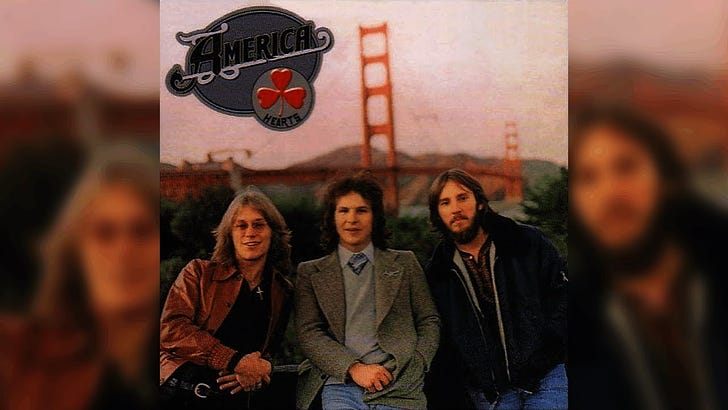

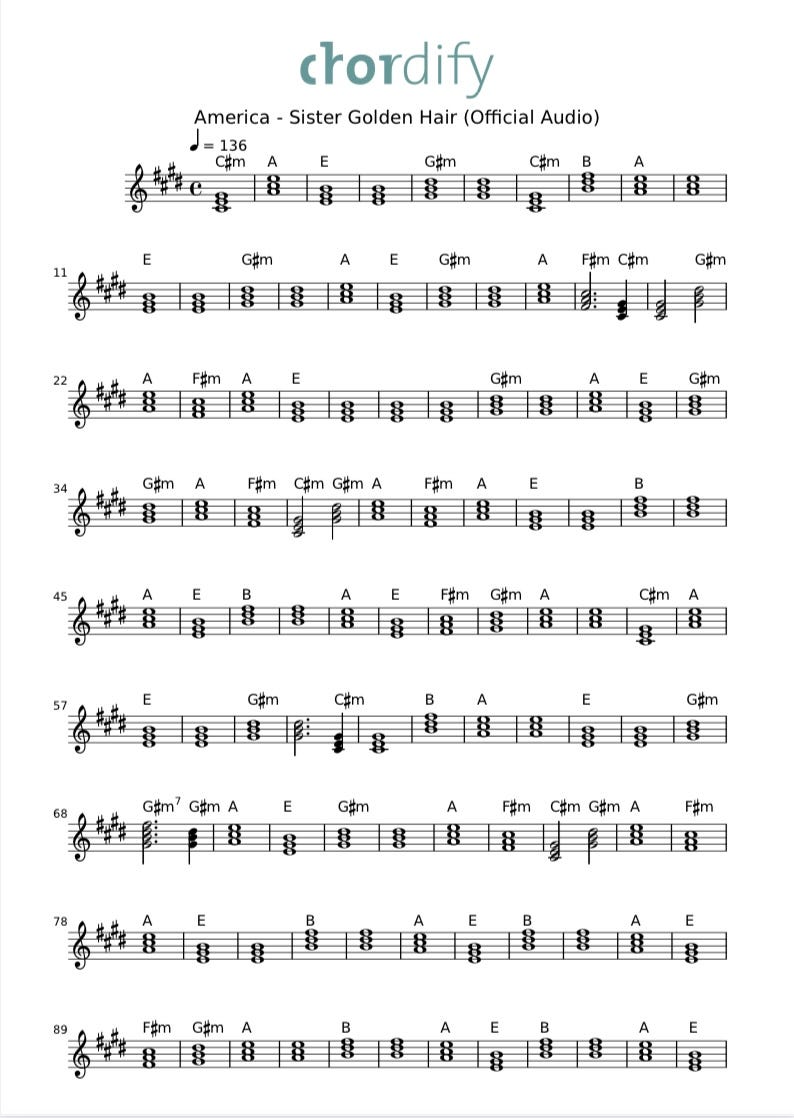
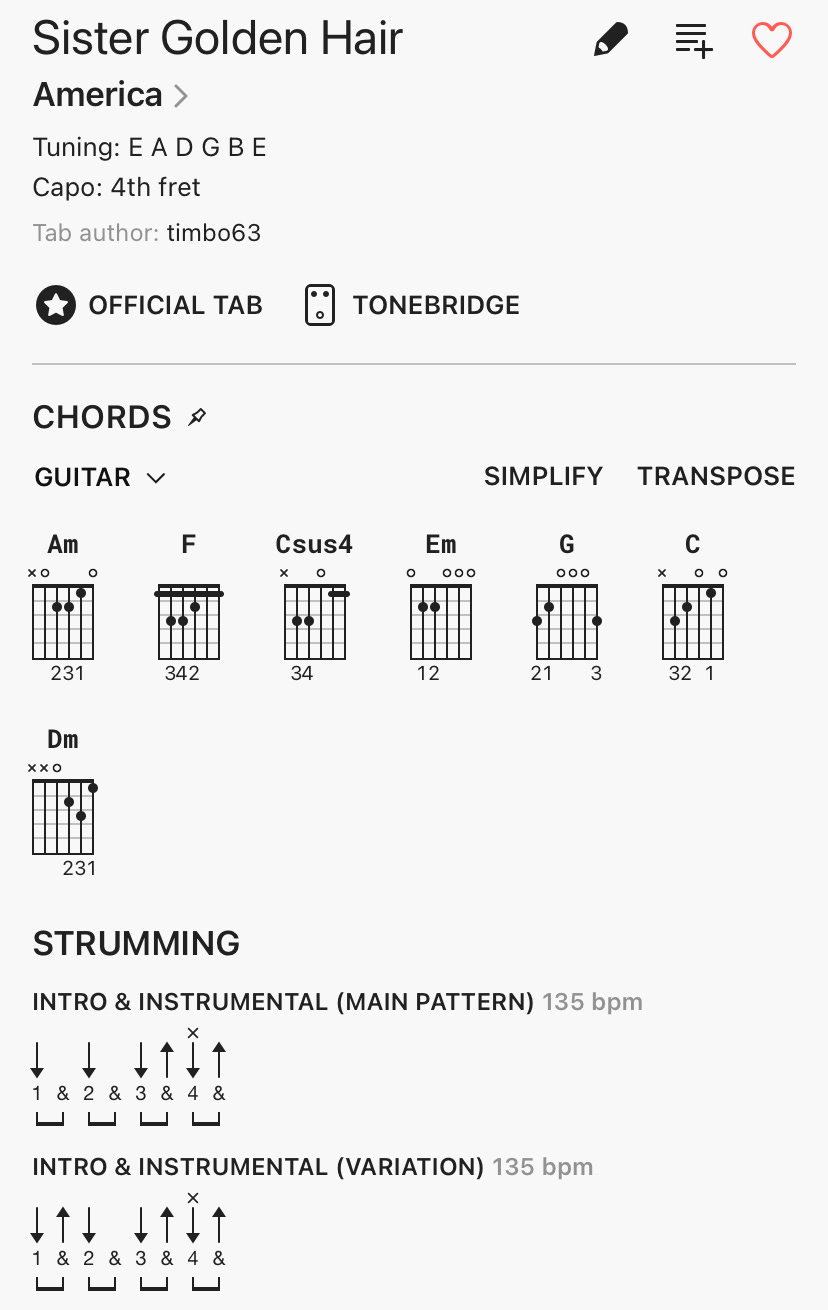
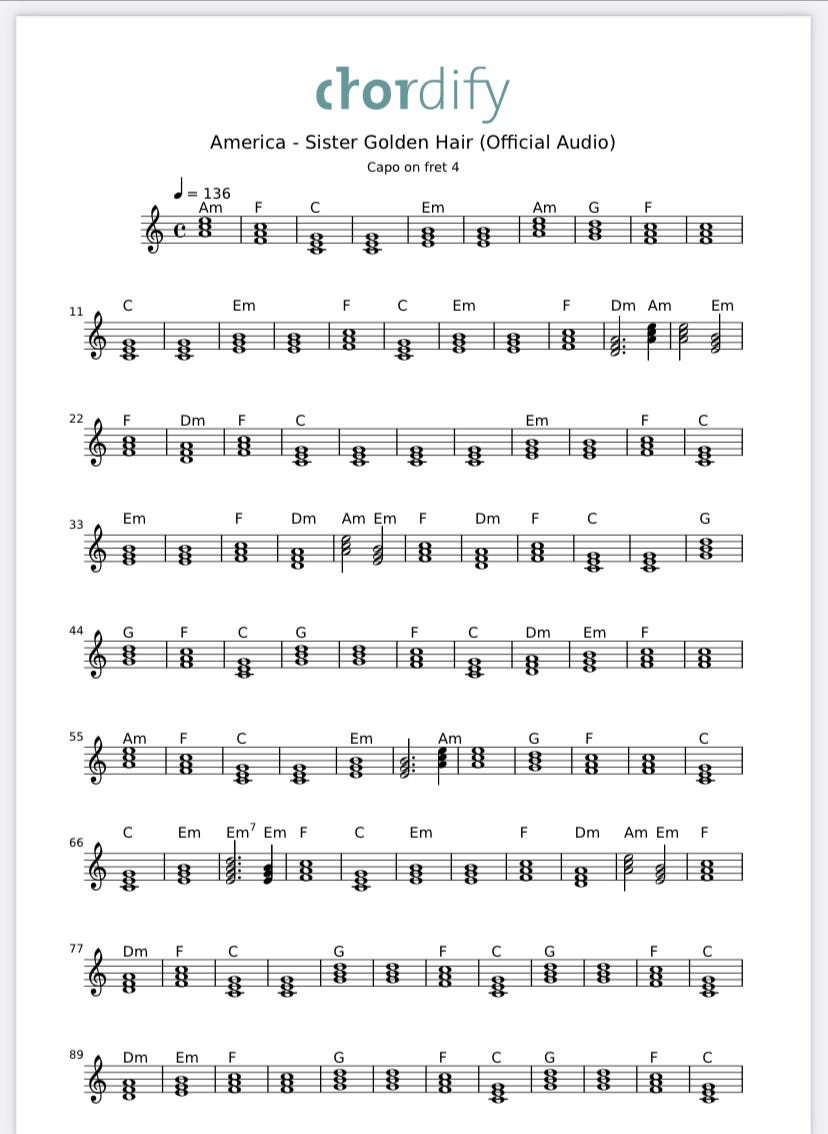
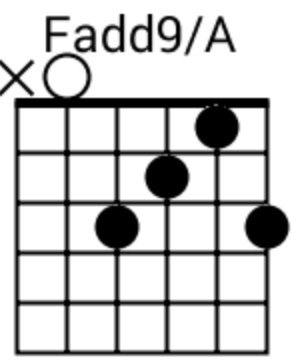
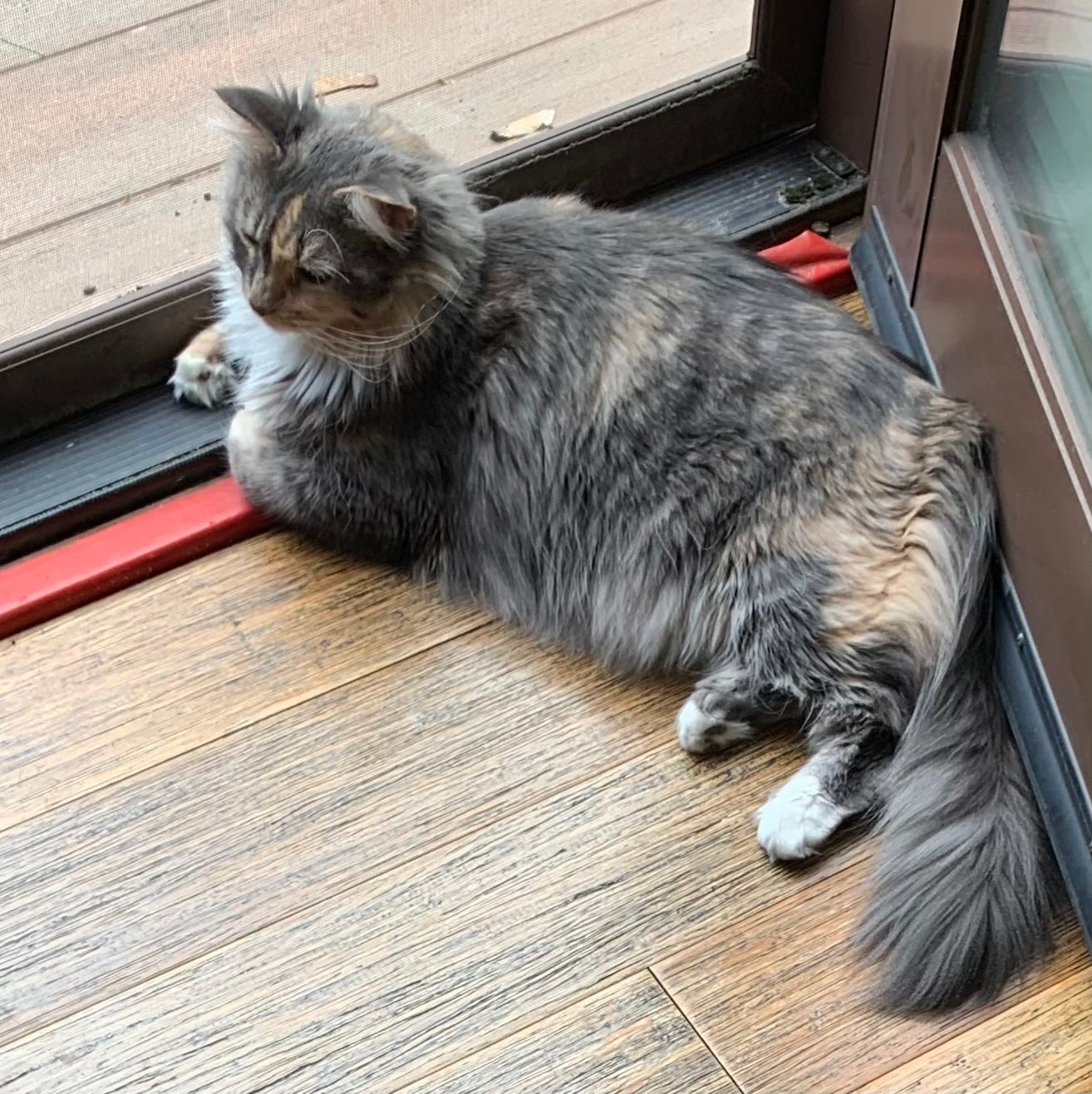

Great, Michael! Loving the Mika pic, but I also have always dug America, and "Sister Golden Hair." I also enjoyed early Jackson Browne, and was particularly taken by his near-constant verbalizing of crying (mostly his own)! He emotionally exposed himself repeatedly, and for a guy, it was quite engaging to appreciate back in the day!
Gals could warm up, of course, to that cuddly side of him (it helped that he wasn't exactly ugly), and guys, I'm guessing, felt a little more OK about *gasp!* maybe shedding a tear when she walks out the door, etc! One (or both) of us should do an exposé of sorts on his use of "the crying verb" in his lyrics. One of my faves of his is from "Doctor My Eyes":
"Doctor, my eyes
Cannot see the sky;
Is this the prize
For having learned how not to cry?"
Even in admitting he's yet another man who's taught himself the annoying (and so overdone, and pointless) machismo, he STILL uses the word. So many other men didn't/couldn't!
This post caught my eye / ear because one of my all time favourite songs is 'Horse With No Name' and embarrassed as I am to admit it I don't really know any other songs by America, however this song 'Sister Golden Hair' is very cool, and I agree it's a great one for a road-trip playlist. The recording quality is phenomenal. The opening vocal melody and chordal harmony of the verse immediately reminded me of Elton John's 'Crocodile Rock', and the link with Jackson Browne and this phrase you use, Michael, "the L.A. approach", what exactly do you mean by this? I'm a Brit, so I don't immediately get what this reference means. Do you mean something like the writing approach of the Laurel Canyon Scene (Joni Mitchel, Neil Young, David Crosby etc) or it means something else?